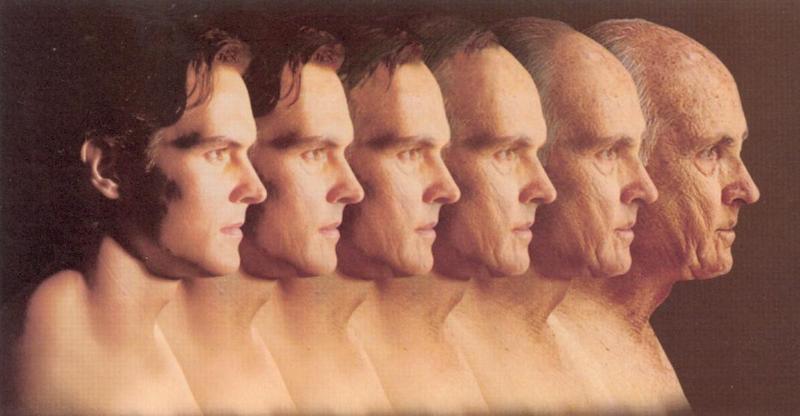

If you’re hoping to stave off the aging process, then toss your Jane Fonda workout tape, and forget about those fancy night creams and get on your bike.
At least that’s what a new study by researchers at King’s College in London and the University of Birmingham, are saying.
According to the report, a group of cyclists over the age of 55 exhibited much higher levels of physiological function, than those of the general public who have been for the most part, inactive.
The study published in The Journal of Physiology, recruited 84 male and 41 female cyclists between the ages of 55 and 79, to examine how the aging process affects the human body, and whether specific physiological markers can be used to determine age.
King’s College’s, Professor Norman Lazarus, himself a cyclist, had this to say:
“Inevitably, our bodies will experience some decline with age, but staying physically active can buy you extra years of function compared to sedentary people.
"Cycling not only keeps you mentally alert, but requires the vigorous use of many of the body’s key systems, such as your muscles, heart and lungs which you need for maintaining health and for reducing the risks associated with numerous diseases.”
The study specifically recruited individuals who were considered to be very active for their age. For example, men who were able to cycle 100 km in under 6.5 hours and women 60 km in 5.5 hours.
The objective of the study, was to find out whether or not a person’s age could be determined based on a range of physiological measurements.
As part of the study, participants spent two days in a lab at King’s College, wherein they underwent a battery of tests, to include cardiovascular, respiratory, neuromuscular, metabolic, endocrine and cognitive functions, bone strength, and health and well-being, reflexes, muscle strength, oxygen uptake during exercise and peak explosive cycling power.
Interestedly, researchers found that they couldn’t tell the age of the participants based solely on these measurements. Rather, they found that people of different ages could have similar levels of function such as muscle strength, lung power and exercise capacity.
The maximum rate of oxygen consumption showed the closest association with age, but even this could not determine the participant’s age with any degree of accuracy.
The study’s lead author, Dr Ross Pollock from King’s College, said:
“An essential part of our study was deciding which volunteers should be selected to explore the effects of aging. The main problem facing health research is that in modern societies the majority of the population is inactive. A sedentary lifestyle causes physiological problems at any age. Hence the confusion as to how much the decline in bodily functions is due to the natural ageing process and how much is due to the combined effects of aging and inactivity."
“In many models of aging lifespan is the primary measure, but in human beings this is arguably less important than the consequences of deterioration in health. Healthy life expectancy – our health span – is not keeping pace with the average lifespan, and the years we spend with poor health and disabilities in old age are growing.”
One part of the study asked participants to perform the basic task of standing from a chair, walking three meters, turning, and walking walk back and sitting down in less than 15 seconds. The results revealed, that even the oldest cyclists could perform said task within the same norm as healthy young adults.
The study concluded by saying, that people age at individual rates, based on their levels of activity or vice versa. And, in order to fully understand how this effects the aging process long-term, further research is needed to document the same active participants over time.
Professor Stephen Harridge, senior author and Director of the Center of Human & Aerospace Physiological Sciences at King’s College said:
“Because most of the population is largely sedentary, the tendency is to assume that inactivity is the inevitable condition for humans. However, given that our genetic inheritance stems from a period when high levels of physical activity were the likely norm, being physically active should be considered to play an essential role in maintaining health and wellbeing throughout life.”


